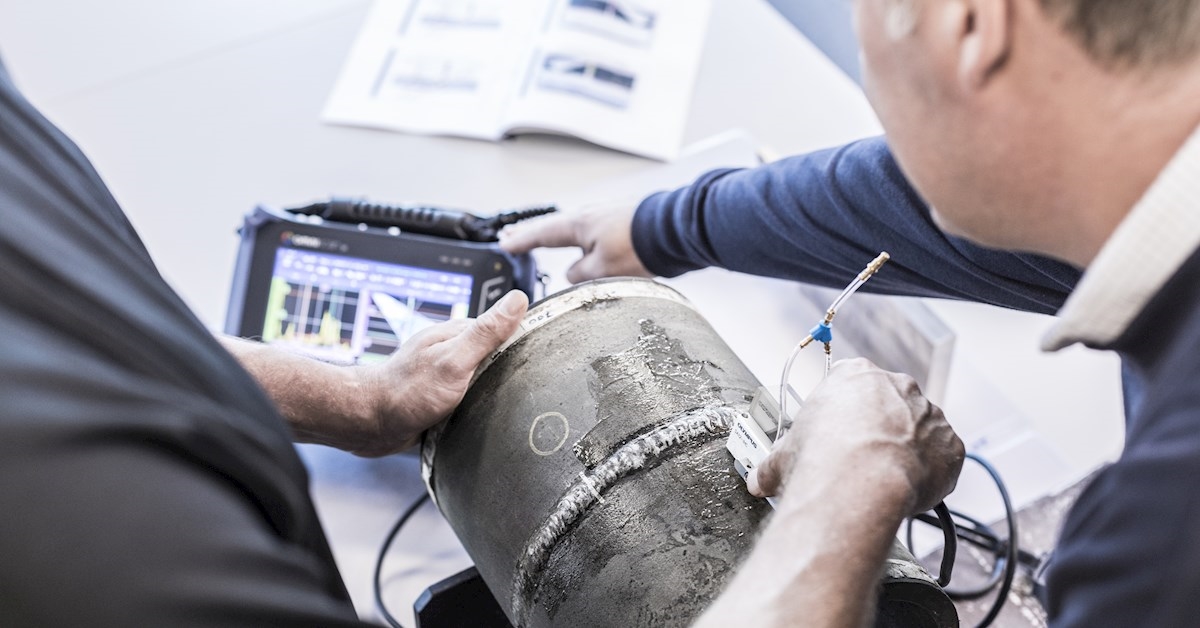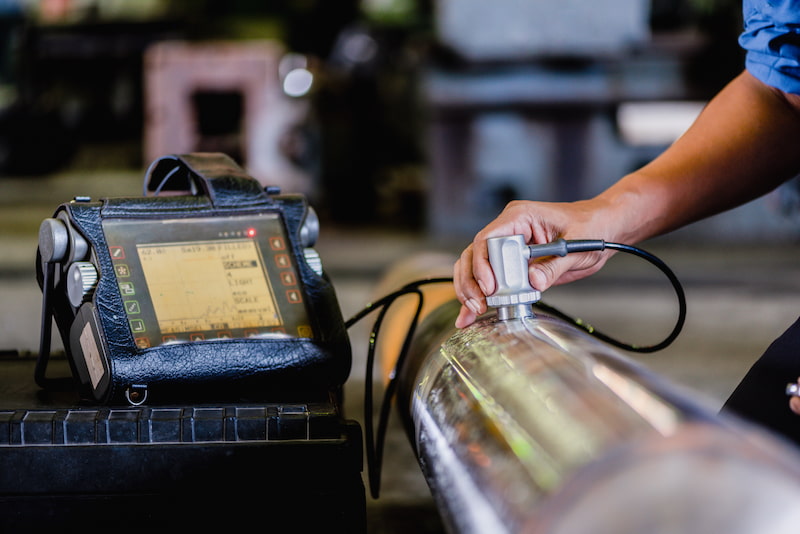The role of frequency in non destructive testing is crucial, especially in industries that value safety and quality assurance. Understanding how frequency impacts testing processes can significantly enhance the effectiveness of non destructive testing (NDT) techniques.

Understanding Non Destructive Testing
Non Destructive Testing, or NDT, refers to a variety of analysis techniques used in science and industry to evaluate the properties of a material, component, or system without causing damage. This method is critical in maintaining structural integrity and safety in various industries like aerospace, oil and gas, and construction.
The Importance of Frequency in NDT
Frequency, in the context of NDT, refers to the number of cycles of a periodic wave occurring per unit time. It plays a pivotal role in determining the effectiveness and accuracy of various testing methods. High-frequency waves can provide more detailed information, whereas low-frequency waves can penetrate deeper into materials.
Applications of Frequency in Different NDT Methods
Ultrasonic Testing
Ultrasonic testing is one of the most common NDT methods that heavily relies on frequency. By adjusting the frequency of ultrasonic waves, technicians can obtain different levels of detail and penetration depth. For example, higher frequencies offer better resolution for detecting small flaws, while lower frequencies are suitable for inspecting thicker materials.
Eddy Current Testing
In eddy current testing, frequency is used to induce currents in conductive materials. The response of these currents can indicate flaws or changes in material properties. The choice of frequency affects the depth of penetration and the sensitivity of the test.
Factors Influencing Frequency Selection
Material Type and Thickness
The type and thickness of the material being tested are crucial factors in frequency selection. Thicker materials may require lower frequencies for effective penetration, while thinner materials may benefit from higher frequencies for detailed analysis.
Testing Environment
The environment in which the testing is conducted can also influence frequency choice. Factors such as temperature, humidity, and surrounding noise can affect the performance of frequency-based NDT methods.
Benefits of Optimizing Frequency in NDT
Improved Accuracy
By selecting the appropriate frequency, NDT methods can achieve higher accuracy in detecting flaws and assessing material properties. This precision is crucial for industries where safety and reliability are top priorities.
Cost-Effectiveness
Optimizing frequency can also lead to cost savings by reducing the need for repeated testing and minimizing the risk of false positives or negatives. This efficiency is particularly important for large-scale industrial applications.
Challenges in Frequency Selection
Technical Expertise
Selecting the right frequency requires a deep understanding of both the testing method and the material being tested. This complexity can be a barrier for some organizations, highlighting the need for skilled professionals in the field.
Equipment Limitations
Not all NDT equipment can operate effectively across a wide range of frequencies. This limitation can restrict the flexibility of testing procedures and may necessitate additional investment in specialized equipment.
Future Trends in Frequency-Based NDT
Technological Advancements
As technology continues to advance, new tools and techniques are being developed to enhance the role of frequency in NDT. These innovations promise to improve the accuracy and efficiency of testing processes.
Integration with AI
The integration of artificial intelligence with frequency-based NDT methods is a growing trend. AI can help analyze complex data sets and optimize frequency selection, making testing processes more efficient and accurate. For more insights on AI applications in industry, check out AI in HVAC Optimization.
Case Studies: Successful Frequency-Based NDT Applications
Aerospace Industry
In the aerospace industry, the precise role of frequency in NDT is vital for ensuring the safety and reliability of aircraft components. Frequency-based testing methods have been successfully used to detect micro-cracks in turbine blades and other critical parts.
Oil and Gas Sector
The oil and gas sector also benefits significantly from frequency-optimized NDT methods. By adjusting the frequency of ultrasonic waves, technicians can detect corrosion and other defects in pipelines and storage tanks effectively.
Conclusion
The role of frequency in non destructive testing is indispensable, offering significant improvements in accuracy and efficiency. As industries continue to demand higher safety and quality standards, the importance of optimizing frequency in NDT methods cannot be overstated.

Frequently Asked Questions
What is the role of frequency in ultrasonic testing?
Frequency in ultrasonic testing determines the resolution and penetration depth of the test. Higher frequencies offer better resolution, while lower frequencies penetrate deeper materials.
How does frequency affect eddy current testing?
In eddy current testing, frequency affects the depth of penetration and sensitivity. Adjusting frequency helps in detecting flaws and assessing material properties accurately.
Why is frequency optimization important in NDT?
Optimizing frequency improves the accuracy and cost-effectiveness of NDT methods. It ensures precise detection of flaws and enhances the reliability of testing processes.
This article contains affiliate links. We may earn a commission at no extra cost to you.
